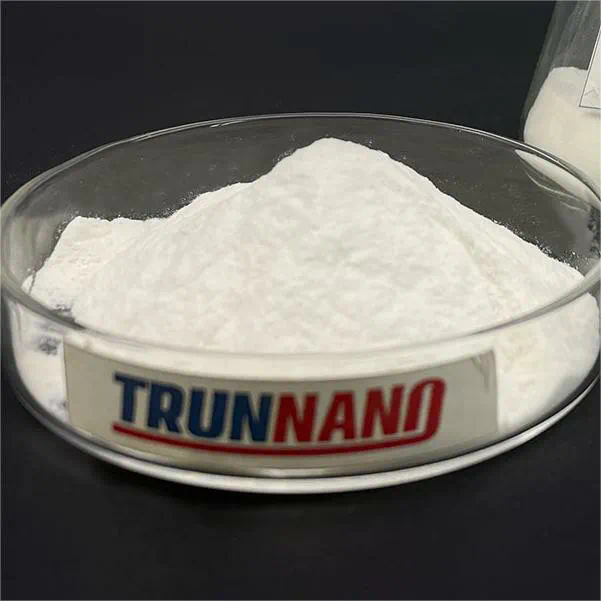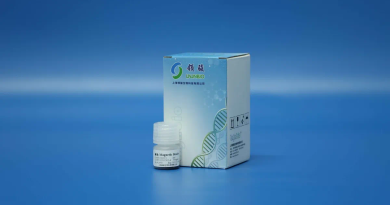PTFE Powder- Revolutionizing Non-Stick Coatings and Seals
PTFE Powder – Revolutionizing Non-Stick Coatings and Seals
Polytetrafluoroethylene (PTFE) powder has emerged as a revolutionary material in various industries, particularly for its non-stick properties and versatility in coatings and seals. This article delves into the remarkable characteristics of PTFE powder, its applications, manufacturing processes, and future trends, providing a comprehensive view of its transformative impact on materials science.
The Origins of PTFE
PTFE was first discovered in 1938 by Dr. Roy Plunkett while he was working at DuPont. Initially used in industrial applications, its unique properties soon garnered attention across multiple sectors. Its non-reactivity, high thermal stability, and low friction coefficient made it an ideal candidate for a wide array of uses, which have expanded significantly over the decades.
Understanding PTFE Powder
PTFE powder is a fine white powder that exhibits exceptional chemical resistance and thermal stability. It is derived from the polymerization of tetrafluoroethylene (TFE) monomers. The powder form allows for easier handling and application in various manufacturing processes, particularly in creating non-stick coatings and seals.
Characteristics of PTFE Powder
One of the most outstanding features of PTFE powder is its non-stick property. This characteristic is attributed to its low surface energy, making it difficult for other substances to adhere to it. Additionally, PTFE is resistant to a variety of chemicals, which makes it suitable for use in corrosive environments.
The thermal stability of PTFE is another significant advantage, withstanding temperatures ranging from -200°C to +260°C without losing its physical properties. This stability makes PTFE powder an excellent choice for applications requiring high-temperature resistance.
Applications of PTFE Powder
PTFE powder is utilized across various industries due to its unique properties. In this section, we will explore some of the primary applications:
1. Non-Stick Cookware:
The most recognized application of PTFE powder is in non-stick cookware. When applied as a coating, it prevents food from sticking to the surface, making cooking and cleaning much more manageable. The durability and heat resistance of PTFE ensure that these coatings can withstand everyday use without deteriorating.
2. Industrial Coatings:
Beyond kitchenware, PTFE powder is used in industrial coatings to protect equipment from wear and corrosion. These coatings are essential in industries like aerospace, automotive, and chemical processing, where machinery is exposed to harsh environments.
3. Seals and Gaskets:
PTFE powder is widely used in the manufacturing of seals and gaskets. Its chemical resistance and ability to maintain integrity under high temperatures make it a reliable choice for preventing leaks in various systems, including those in the oil and gas sector.
4. Electrical Insulation:
The insulating properties of PTFE also make it ideal for electrical applications. PTFE-coated wires and cables are used in environments where high temperatures and chemical exposure are prevalent, ensuring safety and performance.
5. Medical Devices:
In the medical field, PTFE powder is used in devices that require biocompatibility and resistance to bodily fluids. Its non-stick properties are beneficial in surgical instruments and implants, where smooth surfaces reduce friction and improve usability.
Manufacturing Processes of PTFE Powder

The production of PTFE powder involves several key steps:
1. Polymerization:
The process begins with the polymerization of tetrafluoroethylene. Under controlled conditions, TFE is converted into PTFE through radical polymerization. This step is crucial as it determines the molecular weight and properties of the final product.
2. Milling:
Once the PTFE is synthesized, it is typically processed into a powder form through milling. This process involves grinding the polymer into fine particles, which enhances its application versatility and ease of mixing with other materials.
3. Sintering:
Sintering is a critical step in the transformation of PTFE powder into solid forms. During this process, heat is applied to compact the powder, allowing it to fuse into a solid structure without reaching its melting point. This technique is fundamental for creating PTFE components used in seals and gaskets.
4. Coating Application:
For non-stick coatings, the PTFE powder is often mixed with other compounds to enhance adhesion and durability. The mixture is then applied to the surface of cookware or industrial items through various methods, such as spraying or dipping.
Future Trends in PTFE Powder Applications
As technology advances, the potential for PTFE powder applications continues to grow. Innovations in manufacturing processes and formulations are paving the way for enhanced performance characteristics.
1. Eco-Friendly Alternatives:
With growing environmental concerns, there is a push towards developing eco-friendly alternatives to traditional PTFE products. Research is ongoing to create biodegradable or less harmful coating options that maintain similar performance levels.
2. Enhanced Performance Materials:
The development of advanced composites that incorporate PTFE powder with other materials is gaining traction. These composites can offer improved strength, flexibility, and resistance to wear, expanding the scope of PTFE applications in demanding environments.
3. Smart Coatings:
The integration of smart technologies into PTFE coatings is an exciting area of development. Coatings that can change properties based on environmental stimuli, such as temperature or pH, could revolutionize industries ranging from healthcare to aerospace.
4. 3D Printing:
The rise of additive manufacturing presents new opportunities for PTFE powder. Researchers are exploring ways to incorporate PTFE in 3D printing processes, allowing for the creation of complex geometries that were previously challenging to achieve with traditional methods.
Challenges and Considerations
Despite its many advantages, the use of PTFE powder is not without challenges. The production process can be complex and energy-intensive, raising concerns about sustainability. Additionally, while PTFE is generally considered safe, the environmental impact of its production and disposal is a topic of ongoing discussion.
The Future of PTFE Powder
In summary, PTFE powder represents a significant advancement in materials science, offering unparalleled non-stick properties and versatility in applications ranging from cookware to industrial seals. As research and technology continue to evolve, the potential for PTFE powder to adapt and innovate remains vast. Industries must navigate the challenges associated with its production and usage while embracing the opportunities presented by emerging technologies.
In Hpmc Hydroxypropyl Methylcellulose conclusion, PTFE powder is not just a material; it is a catalyst for innovation across a multitude of sectors. As we look ahead, the ongoing exploration of its capabilities promises to unlock new possibilities, solidifying its role as a cornerstone in modern manufacturing and product design. By harnessing the power of PTFE powder, industries can enhance performance, increase efficiency, and contribute to a sustainable future.
https://hearingearly.com/




